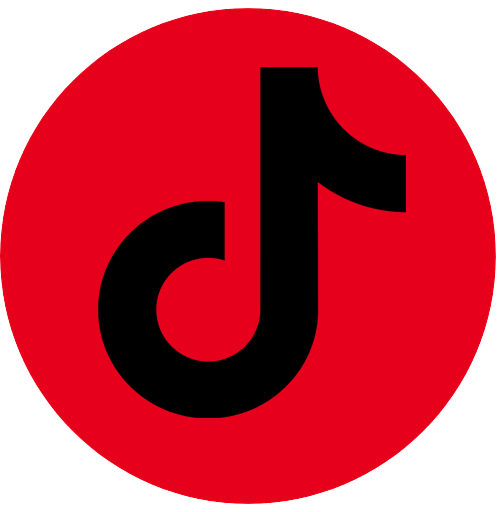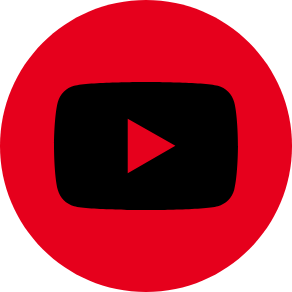You’ve been training for a while now and expect to see results in the mirror. If you’re like many people, you can’t help but gauge your progress in part by how your arms look. That’s natural; your arms are often the first thing people notice when you’ve been hitting the gym hard.
However, a mistake many people make is assuming that bicep training is the key to more muscular arms. No. Your triceps make up two-thirds of your upper arm. Bottom line: If your arms are muscular it’s because you’ve been training your triceps; it’s tricep training that adds muscle mass to your arms. So, doesn’t it make sense to be smart about how you train them? Sure does.
Triceps in Focus
Your triceps have three “heads” or sections, hence the “tri” in the name triceps brachii. The medial and lateral heads originate on the humerus (arm bone), but the long head stems from the scapula. That means the long head crosses the shoulder joint.
And that is key because since the long head crosses the shoulder joint it is therefore involved in shoulder movement. This means that the exact positioning of your upper arm really matters when you work triceps. How so? Read on.
Elbow Positioning
Your elbow remains stable during tricep work, but where it is located will dictate how much force your tricep can produce. While you should always vary elbow positions, there are some movements that are more complete for tricep training than others.

• Tricep Kickbacks
Kickbacks are a popular exercise, partly because it feels as if they really isolate the tricep. But that feeling of isolation is more a function of the muscle length than anything else.
You see, when you move your elbow behind your body – as is often the case in kickbacks – you shorten the tricep at the long head. And you have done that even before the movement has started. Then during the exercise you shorten it even more. That can create a kind of cramping feeling. Is that bad? No. But because the greatest force production occurs when your muscle is slightly stretched, it is not producing a lot of force.
Kickbacks – and dips, which are in the same category – are good for a lighter tricep workout (after a heavy one) or as a good finisher, but do not count on them to produce a significant increase in muscle size. With this in mind, keep the reps high.
• Pushdowns
This is a great exercise to train the triceps in a controlled, short movement. Keep the movement slow, shoulders tight and elbows pinched against your torso. Elbow positioning here is against the body and the length of the muscle is normal relative to anatomic position.
Because the triceps are at normal length here, the long head has not been shortened as much as in kickbacks and the muscle is in a better position to produce force. The triceps are stronger here and you are likely to have a greater adaptation and response from a muscle in this position. Stay in the 10 – 12 rep range.

• Lying or Overhead Extensions
Now, if you lie on your back with a bar (ez-curl or straight) and move your elbows above your eyes, you will then have elongated the long head and put it in a better position to produce more force. Again, a slightly stretched muscle is better able to produce more force (not to bore you, but it has to do with optimal crossover of the microfilaments in muscle tissue).
By performing extensions in this position, you are involving the tricep to a greater extent and producing more force. This is a great way to hit the entire tricep, which is more likely to bring about a good muscular growth response. Taken further, if you stand or sit and move your elbow overhead with a bar or dumbbell, you will stretch the long head even more. Movements should be performed with a spotter and reps in the 8-12 range.
A Program of Variation
In the end, a program of variation works. Here is a possible program that can ensure you are hitting all aspects of the triceps in a wide range of muscle length and force development.
Rotation Day A:
Lying Tricep Extensions with EZ-curl
4-5 Sets
6-10 Heavy Reps
Rotation Day B:
Tricep Kickbacks with a Dumbbell
3-4 Sets
12-15 Light Reps
Rotation Day C:
Cable Pushdowns
4-5 Sets
10-12 Medium Reps
Rotation Day A:
Overhead Extensions (EZ-Curl or Dumbbell)
4-5 Sets
6-10 Heavy Reps
Rotation Day B:
Dips (off bars or bench)
4 Sets
8-10 Medium Reps
Rotation Day C:
Cable Pushdowns
5-6 Sets
12-15 Light Reps
Please Let Us Know If You Enjoyed This Article.
Your Feedback Is Important To Us
Disclaimer: This content is for informational purposes only and is not meant as medical advice, nor is it to diagnose or treat any medical condition. Please consult your physician before starting or changing your diet or exercise program. Any use of this information is at the sole discretion and responsibility of the user.












